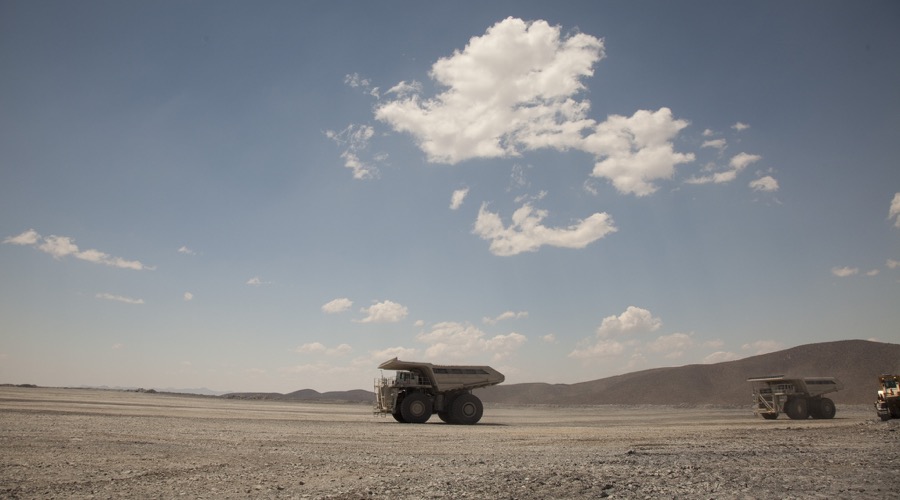
Goldcorp (NYSE:GG TSX:G) shares got slammed on Thursday following second quarter financials that included a $78 million loss and a surprisingly sharp reduction in output.
Shares were down 6% in New York by the end of trading despite a jump in the price of gold to within shouting distance of $1,350 an ounce for a 25% year to date gain. After a 55% gain this year Goldcorp is worth $15.6 billion, underperforming its peers.
The $78 million ($0.09 per share) loss Vancouver-based Goldcorp posted in Q2 was blamed on a plunge in production of nearly a third to 613,400 ounces from 908,000 in the year-ago period. Lower output was mainly the result of a 10-day mill shut down at the company’s largest operation, the Peñasquito mine in Mexico. The company has approved a $420 million expansion at Peñasquito.
Lower ore grades and a corporate restructuring that included a workforce reduction also contributed to the slump. The company, the world’s number four gold miner in terms of output, produced 1.4 million in the first half of 2016.
The company maintained its 2016 guidance for gold production of between 2.8 and 3.1 million ounces, at an all in cost of between $850 and $925 per ounce.
“While lower production was expected in the second quarter, the decision to accelerate a significant organizational restructuring had a short-term, negative impact on gold production,” said Goldcorp CEO David Garofalo. Goldcorp has reduced its head and regional office headcount by roughly a third and also announced a string of senior management changes.
According to a Reuters report Goldcorp is in formal talks to sell its Los Filos gold and silver mine in Mexico and is reviewing the future of smaller operations in Argentina and Guatemala:
“Los Filos, Marlin and Alumbrera are smaller scale mines. They don’t have the economies of scale that our existing five camps offer us” or that a newly acquired gold project, Coffee, “potentially offers us once it’s built out,” Garofalo said.
Goldcorp acquired Kaminak, the owners of the Coffee project in Canada’s Yukon in May for around US$400 million and plans to spend $15 million in 2016 to advance the project.